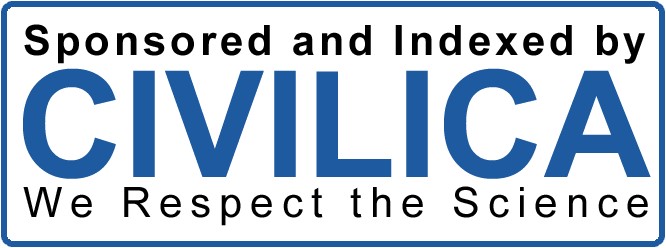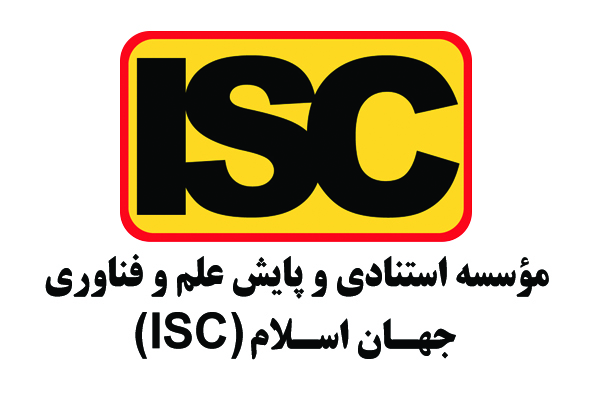نقش دولت الکترونیک در اجرای اثربخش خطمشی خصوصیسازی در صنعت بانکداری ایران
کلمات کلیدی:
دولت الکترونیک, اجرای اثربخش خطمشی, خصوصیسازی در بانکداری, تحلیل مضمونچکیده
خطمشی اصل 44 (خصوصیسازی) سرآغاز یک اصلاحات اقتصادی در کشور است، در صورتی میتواند به هدف برسد که درست مدیریت شود، لذا برای درست مدیریت شدن این موضوع اصلیترین و کلیدیترین وظیفه برای دولت، قوه قضاییه و مقننه، اجرایی کردن این خطمشی است. در این مطالعه برای استفاده از دولت الکترونیک در اجرای اثربخش و مطلوب خصوصیسازی در صنعت بانکداری ایران الگوی مناسب ارایه میشود. پژوهش حاضر کیفی و از تحلیل مضمون جهت تحلیل استفاده شده است. جامعه آماری شامل 18 نفر از خبرگان دانشگاهی و کارشناسان ارشد در زمینه خصوصیسازی است. برای شناسایی و توصیف ابعاد و مؤلفهها و شاخصها از رویکرد کیفی دادهها و ابزار مصاحبه نیمه ساختاریافته مکتوب استفاده شده است. نتایج نشان داد که با تکیه بر دولت الکترونیک در اجرای اثربخش خطمشی خصوصیسازی در صنعت بانکداری منجر به شناسایی عناصر مدل شده و باعث اجرای اثربخش خصوصیسازی و پیادهسازی مطلوب اصل 44 در صنعت بانکداری کشور گردیده است.
دانلودها
مراجع
Adalessossi, K. (2023). Impact of E-Banking on the Islamic bank profitability in Sub-Saharan Africa: What are the
financial determinants? Finance Research Letters, 57, 104188. https://doi.org/10.1016/j.frl.2023.104188
Ahadzadeh, A., Sayadshirkosh, S., & Jamshidi Ivanaki, M. (2021). Effectiveness of Public Policy Implementation: A
Case Study of the Ministry of Energy. epprjournal, 6(4), 167-205. http://epprjournal.ir/article-1-887-en.html
Al-Hussein, M. A.-H. A., Alabdallat, W. I. M., Abu, M. A., Rumman, O. J., & Ali, B. (2023). Impact of e-government
applications on reducing administrative burden in delivering public service. Information Sciences Letters, 12(3),
f343f83cd5c/Impact-of-E-Government-Applications-on-Reducing-Administrative-Burden-in-DeliveringPublic-Service.pdf
AlRaeesi Eman Jasim, H., & Ojiako, U. (2021). Examination of Legal Perspective of Public Policy Implementation on
Construction Projects Arbitration. Journal of Legal Affairs and Dispute Resolution in Engineering and Construction,
(3), 03721002. https://doi.org/10.1061/(ASCE)LA.1943-4170.0000474
Ashaye, O. R., & Irani, Z. (2019). The role of stakeholders in the effective use of e-government resources in public
services. International Journal of Information Management, 49, 253-270.
https://doi.org/10.1016/j.ijinfomgt.2019.05.016
Azimi, A., Monavvarian, A., pourezzat, A. A., & Raghfar, H. (2019). Failure in policy lesson drawing; A critical review
of the experience of privatization in Iran. Journal of Improvement Management, 13(3), 81-106.
https://www.behboodmodiriat.ir/article_102161.html
https://www.behboodmodiriat.ir/article_102161_3d686abbe4bcf65c14479dfd000afe2b.pdf
Freeman, R., Griggs, S., & Boaz, A. (2011). The practice of policy making. Evidence & Policy, 7(2), 127-136.
https://doi.org/10.1332/174426411X579180
Hodayipour, S. R., Mosakhani, M., & Modiri, M. (2024). Designing a Comprehensive Interpretive-Structural Model for
Bridging the Digital Gap of Education in the Quid Crisis Epidemic 19. Sociology of Education, 10(1), 327-342.
https://doi.org/10.22034/ijes.2023.556041.1331
Kazemi, S. H., Ahmadi, E., & Mortazavi, M. (2024). Obstacles and Opportunities for Effective Implementation: A Case
Study of COVID-19 Crisis Policy in Kurdistan Province. dpmk, 13(4), 528-545.
https://doi.org/10.32598/DMKP.13.4.774.1
Mansoori, H., & ghafurnia, m. (2020). Antecedents and Consequences of Implementing Electronic Customer
Relationship Management in Small and Medium Enterprises. New Marketing Research Journal, 10(1), 105-128.
https://doi.org/10.22108/nmrj.2020.120345.1959
Parizi, M. (2013). Banking System Functions and Implementation of Principal 44 of the Constitution Policies in 9th and
th Governments. qjfep, 1(2), 241-272. http://qjfep.ir/article-1-38-en.html
Rahnavard, F., Seihoon, A., Mortazavi, M., & Taherpour Kalantari, H. (2019). Designing an e-governance Framework
for Export Development Policy Formulation. Public Administration Perspective, 10(3), 102-129.
https://doi.org/10.48308/jpap.2019.96559
Samsor, A. M. (2021). Challenges and Prospects of e-Government implementation in Afghanistan. International Trade,
Politics and Development, 5(1), 51-70. https://doi.org/10.1108/ITPD-01-2020-0001
Shojaan, A., Taghavifard, M. T., Elyasi, M., & Mohammadi, M. (2019). A Model of the Technology Innovation System
in the Area of Iranian Electronic Governance. Journal of Improvement Management, 13(1), 121-152.
https://www.behboodmodiriat.ir/article_90765_213214e66d137ae3877642d83a9d858e.pdf
Zhao, H., Ahn, M. J., & Manoharan, A. P. (2017). E-government, corruption reduction and culture: a study based on
panel data of 57 countries Proceedings of the 18th Annual International Conference on Digital Government
Research, Staten Island, NY, USA.

دانلود
چاپ شده
ارسال
بازنگری
پذیرش
شماره
نوع مقاله
مجوز
حق نشر 2024 تکنولوژی در کارآفرینی و مدیریت استراتژیک

این پروژه تحت مجوز بین المللی Creative Commons Attribution-NonCommercial 4.0 می باشد.










